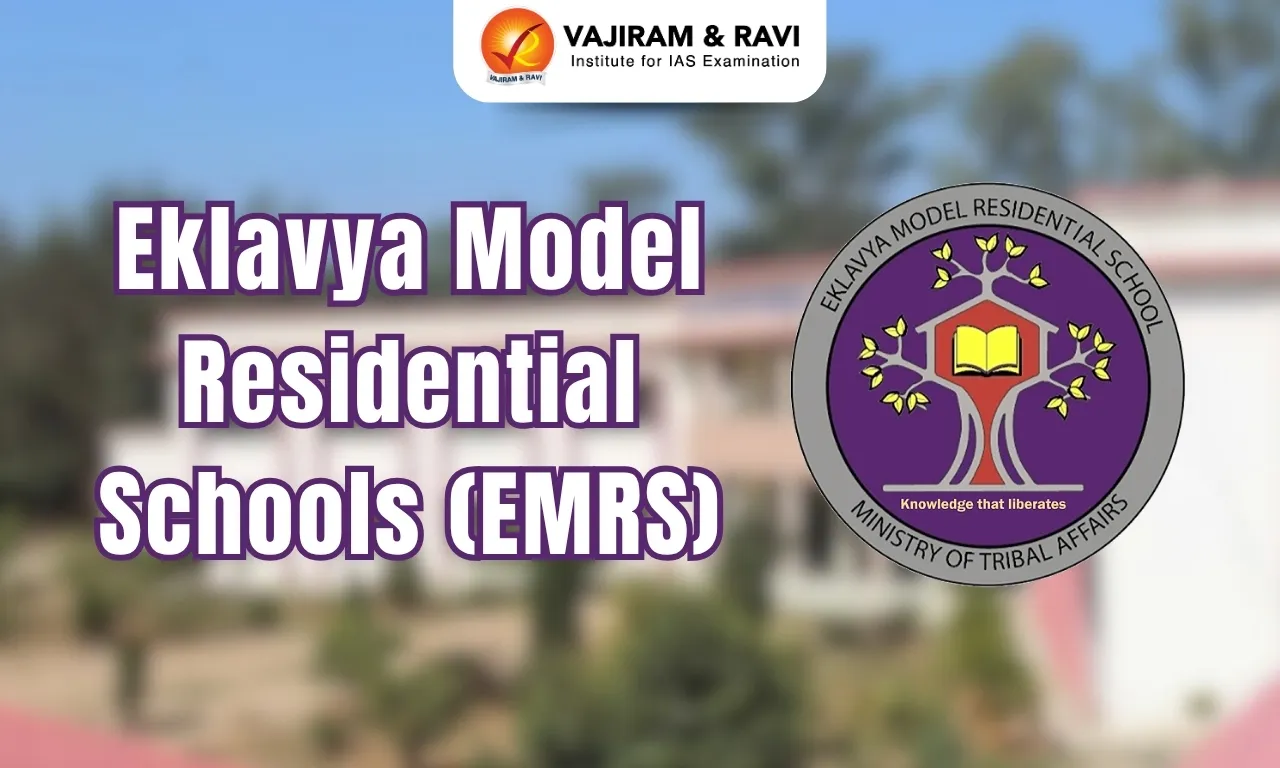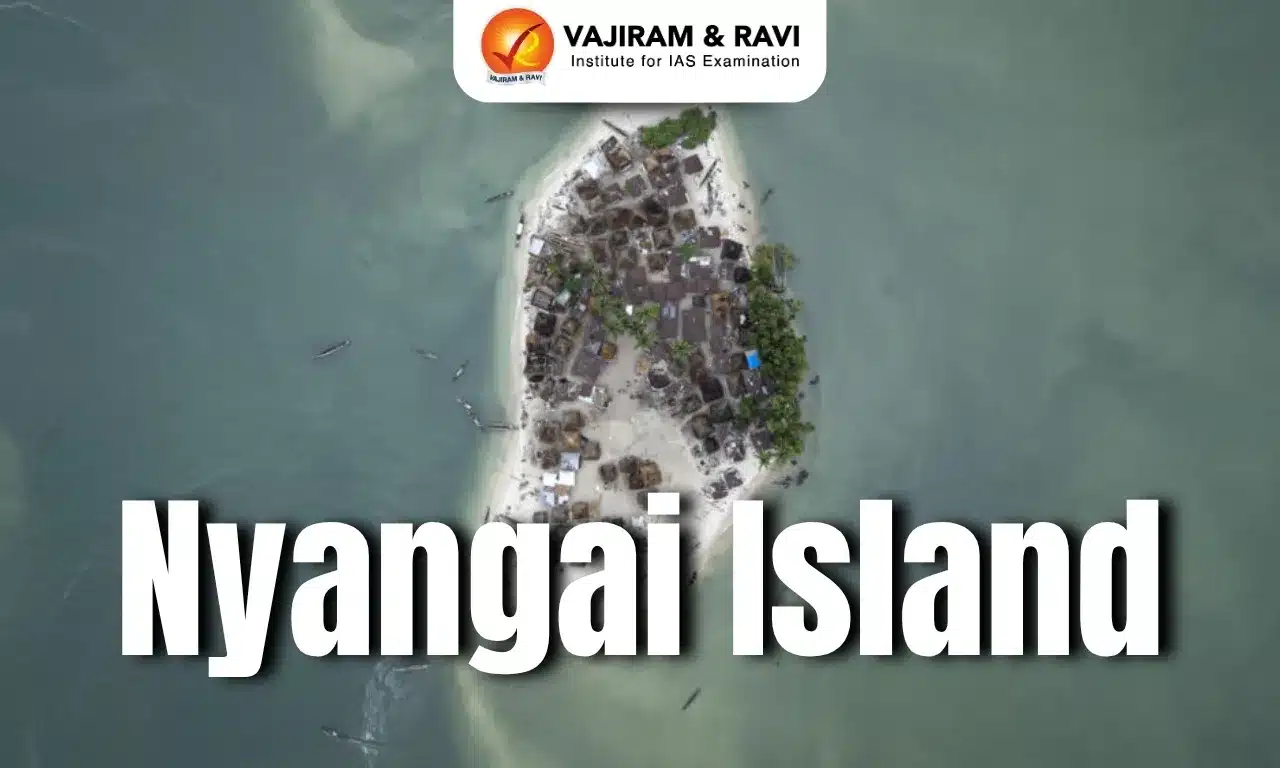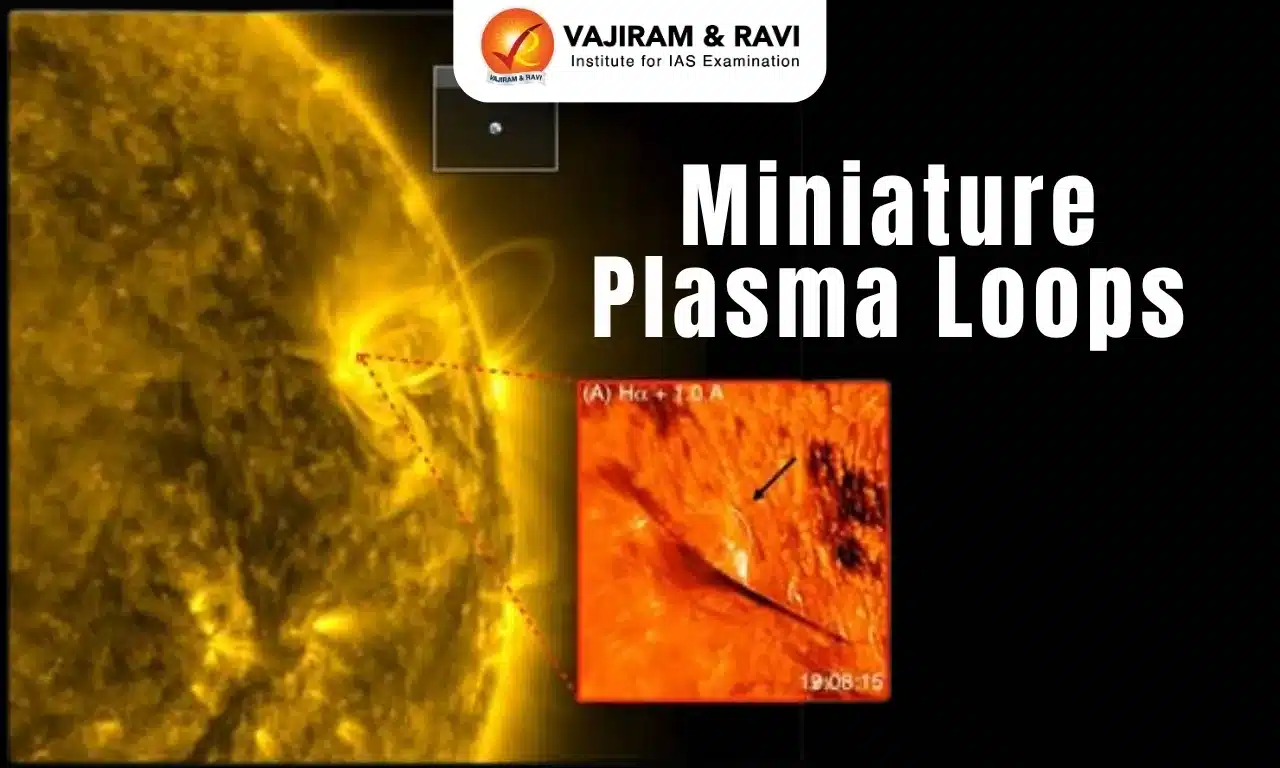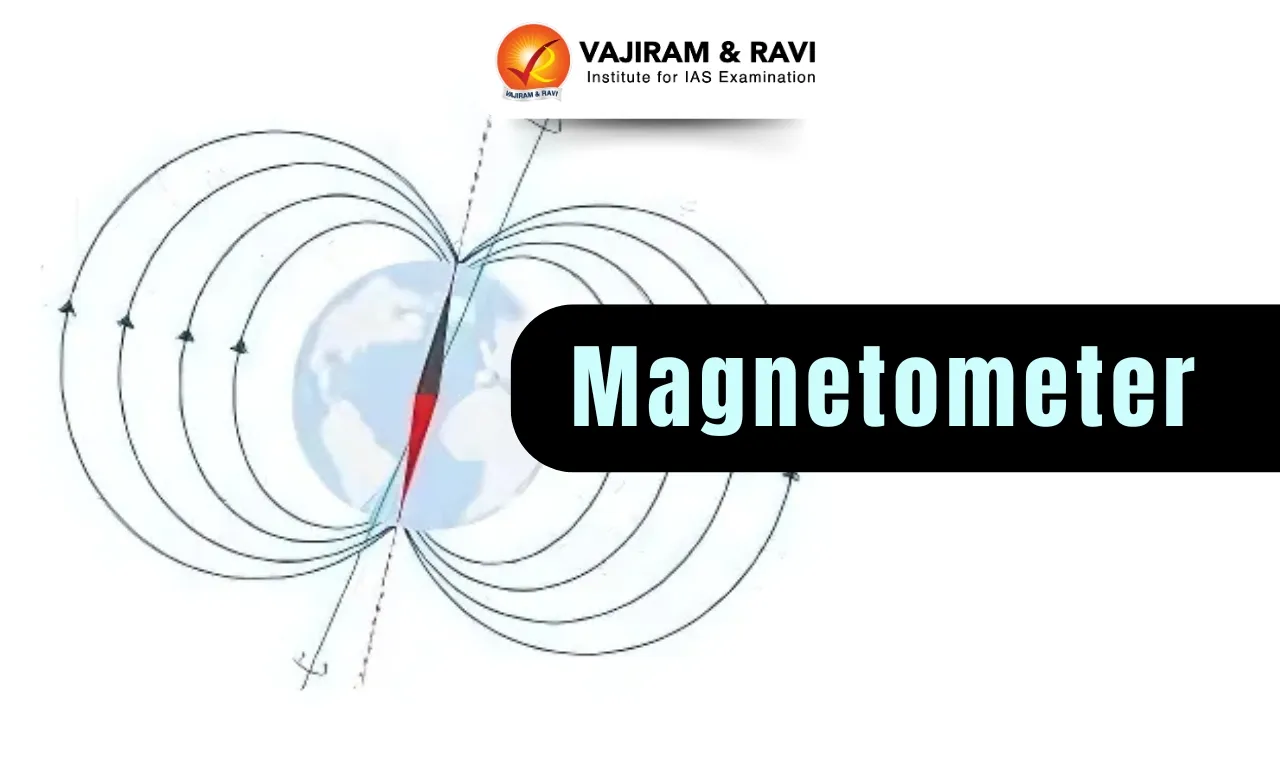Panna Tiger Reserve Latest News
Vatsala', considered to be Asia's oldest elephant, died recently at the age of more than 100 years at the Panna Tiger Reserve in Madhya Pradesh.
About Panna Tiger Reserve
- Location: It is located in the Vindhyan mountain range in the northern part of Madhya Pradesh.
- Standing over an area of 542 sq.km., it is the only tiger reserve in the entire Bundhelkhand region.
- It falls in biogeographic zones of the Deccan Peninsula and the Biotic Province of the Central highlands.
- It was declared a Project Tiger Reserve by the Government of India in 1994.
- Landscape:
- It is characterized by a ‘Table Top’ topography.
- It consists of extensive plateaus and gorges.
- Two plateaus run parallel to each other from southwest to northeasterly direction.
- River: The Ken River flows from south to north through the reserve.
- The reserve is also dotted with two-thousand-year-old rock paintings.
- The region surrounding the reserve is home to various indigenous tribes, each with its distinct culture and traditions. The Baiga and Gond tribes are among the prominent ones.
- Flora:
- The dominant vegetation type is dry deciduous forest interspersed with grassland areas.
- In the north, it is surrounded by teak forest, and in the east, it is surrounded by Teak-Kardhai mixed forest. It is the northernmost boundary of the natural distribution of teak (Tectona grandis).
- The tree species Acacia catachu dominates the dry, steep slopes of the plateaus here.
- Fauna:
- It supports a sizable population of Tiger, Sloth Bear, Leopard, and Striped Hyena.
- Other prominent carnivores are Jackal, Wolf, Wild Dog, Jungle Cat, and Rusty Spotted Cat.
Source: TH
Panna Tiger Reserve FAQs
Q1: Which state is Panna Tiger Reserve in?
Ans: Madhya Pradesh
Q2: Which major river flows through the Panna Tiger Reserve?
Ans: Ken River
Q3: What is the dominant vegetation type in the Panna Tiger Reserve?
Ans: Dry deciduous forest interspersed with grassland areas.
Q4: What is the approximate area of Panna Tiger Reserve?
Ans: 542 sq.km.












